SAP PM (Plant Maintenance) is a crucial module within SAP ERP systems, focused on
managing maintenance activities and ensuring the operational efficiency of physical assets. Here are
some current
trends in SAP PM:1. Integration with IoT and Predictive Maintenance: There is a
growing trend towards integrating SAP PM with IoT sensors and devices to enable predictive
maintenance. This approach uses real-time data to predict equipment failures and schedule
maintenance proactively, minimizing downtime and reducing costs.
2. Move towards SAP S/4HANA: Many organizations
are migrating from older SAP ECC versions to SAP S/4HANA, which includes advancements in SAP
PM functionality. SAP S/4HANA offers enhanced user interfaces, real-time analytics, and
improved integration capabilities across modules.
3. Mobile Solutions and Digitalization: There is
an increasing adoption of mobile applications and digital solutions for SAP PM. Technicians
and maintenance workers can use mobile devices to access work orders, record maintenance
activities, and update asset information directly in SAP PM, improving efficiency and data
accuracy.
4. Focus on Asset Lifecycle Management-
Organizations are emphasizing comprehensive asset lifecycle management within SAP PM. This
includes planning, installation, operation, maintenance, and decommissioning of assets,
ensuring optimal performance throughout their lifecycle.
5. Cloud-Based Solutions- The shift towards
cloud-based solutions for SAP PM is gaining momentum. Cloud platforms offer scalability,
flexibility, and accessibility, allowing organizations to manage maintenance operations
effectively across multiple locations and integrate with other cloud-based applications.
6. Enhanced User Experience- SAP is continually
enhancing the user experience (UX) of SAP PM through initiatives like SAP Fiori. Fiori
provides a modern, intuitive user interface that simplifies navigation, enhances usability,
and improves user adoption of SAP PM functionalities.
7. Compliance and Regulatory Requirements- There
is an increased focus on compliance with regulatory standards and industry-specific
requirements within SAP PM. Organizations are leveraging SAP PM to ensure asset compliance,
manage audits, and meet environmental health and safety (EHS) standards.
8. Data Analytics and Reporting- SAP PM is
increasingly used for data analytics and reporting purposes. Advanced analytics capabilities
within SAP PM enable organizations to analyze maintenance data, identify trends, optimize
maintenance schedules, and make data-driven decisions to improve asset reliability and
performance.
9. Training and Skill Development- There is a
growing demand for skilled SAP PM professionals who can configure, implement, and optimize
SAP PM solutions. Training programs and certifications in SAP PM are helping professionals
stay updated with the latest trends and advancements in the field.
These trends indicate a dynamic landscape for SAP
PM, driven by technological advancements, digital transformation initiatives, and the
increasing importance of asset management and maintenance efficiency in modern enterprises.
Staying informed about these trends can help organizations and professionals effectively
leverage SAP PM to achieve their operational and strategic objectives.
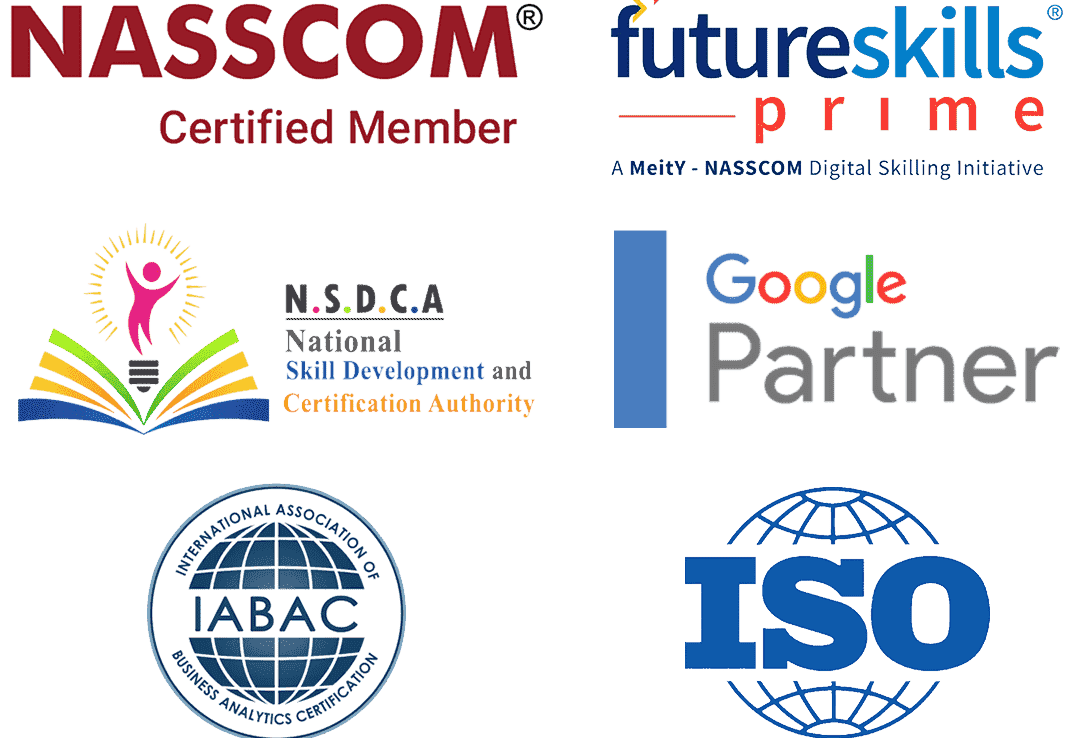











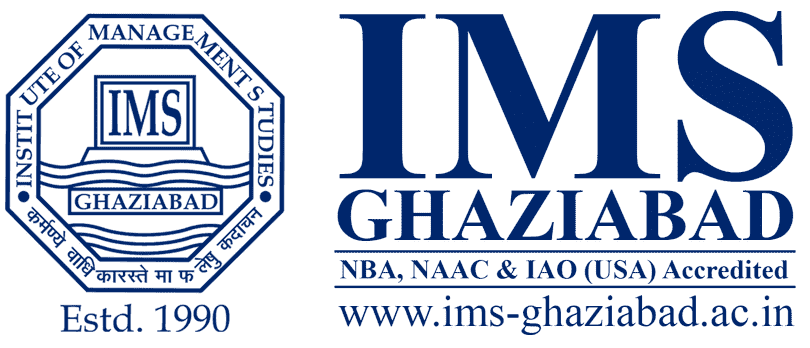




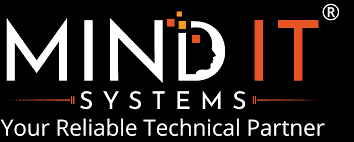








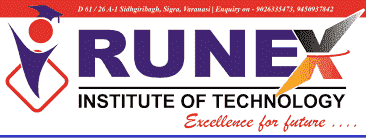


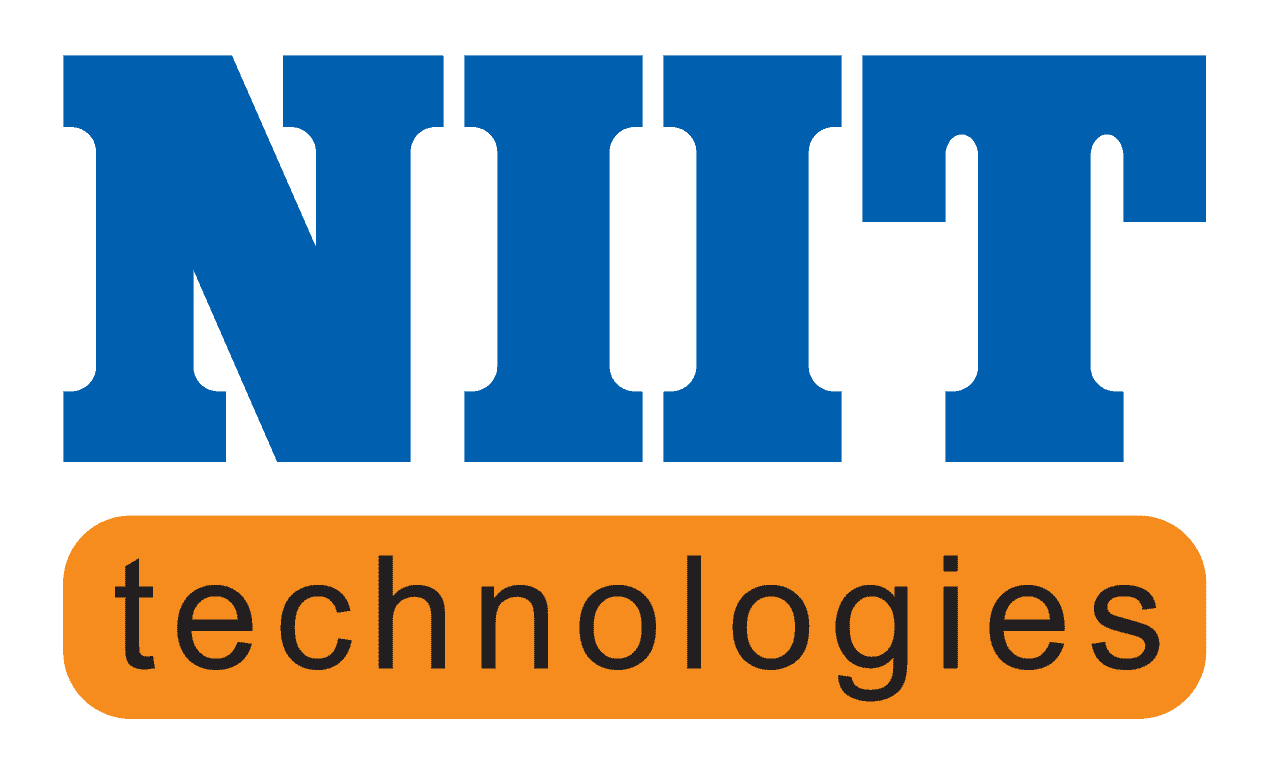




.png)


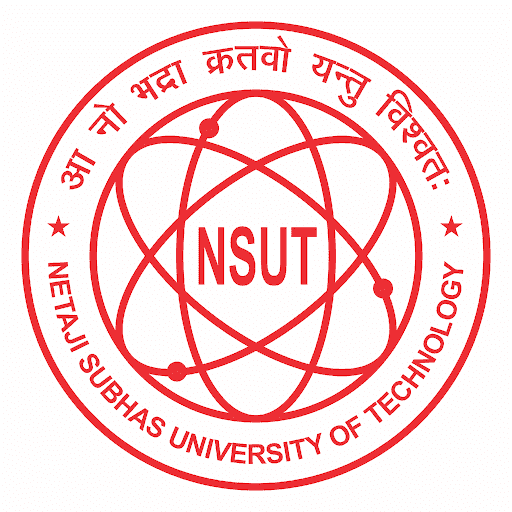
.png)












.png)
.png)













 Classroom Training
Classroom Training Live - Projects Work
Live - Projects Work Placement
Placement Internship
Internship







